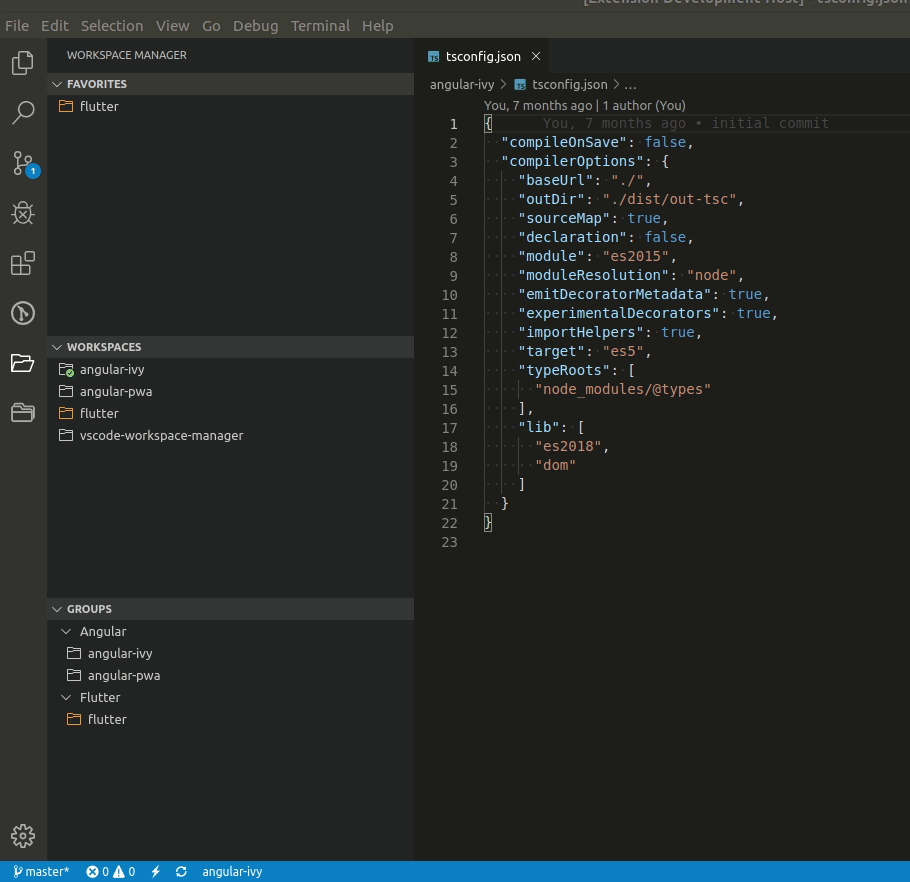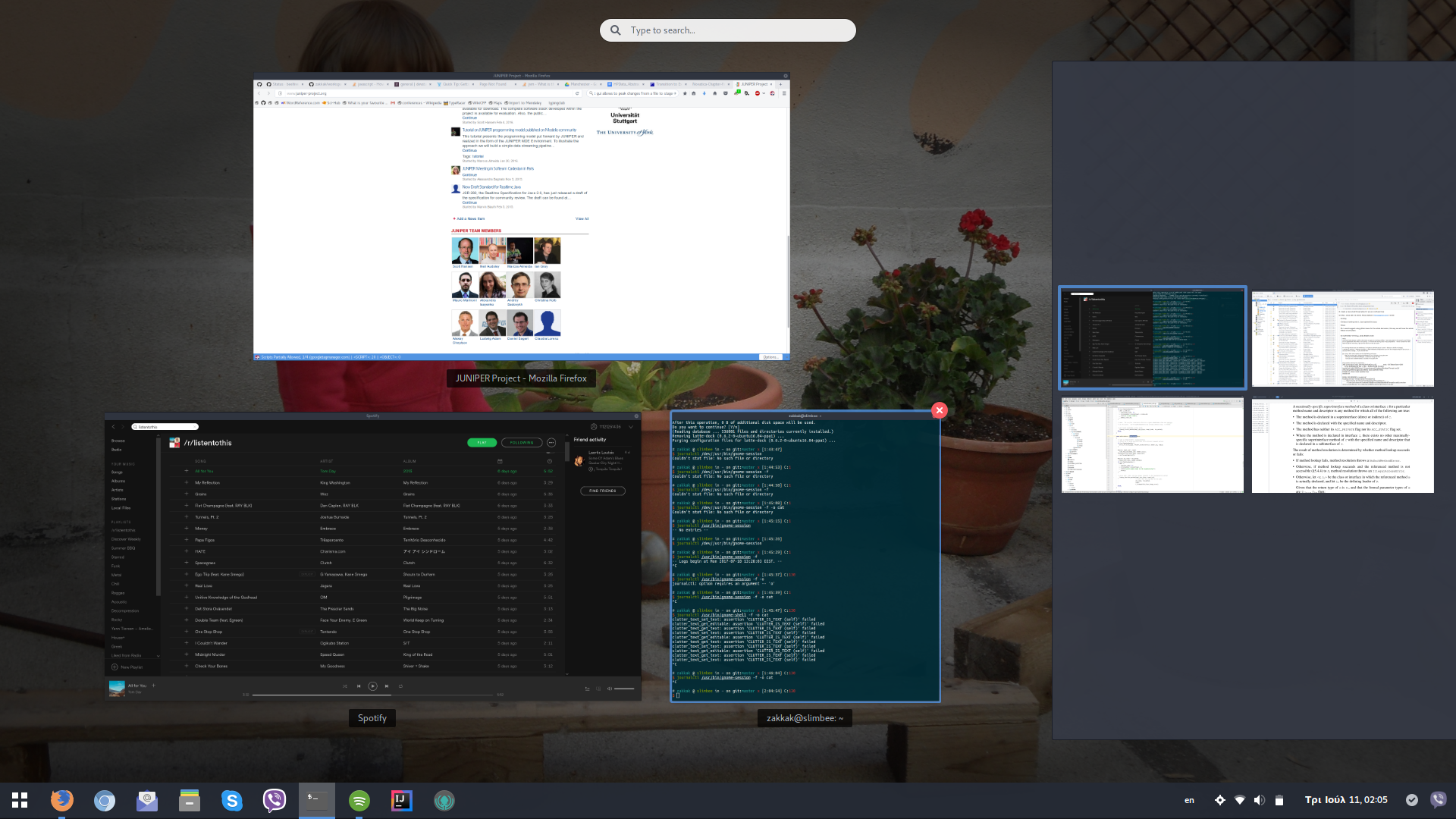
Just open a terminal and paste the command:Īfter the second command you will be prompted to login to GitHub. The repository is created, and right there on the default help page is the command for pushing your existing repo to GitHub.
#GITHUB WORKSPACES CODE#
This is a private repository as nobody else needs to see the code for my website. Now go to GitHub and create a new repository. We want to commit everything to form the initial repo, so drop down the git menu (three dots to the right of the source control pane) and choose Commit all, click Yes.

Staging in git is where you define which changes will be committed in your next commit. Initially all your files are in an unstaged state. Then select your workspace from the dropdown and the local repository is created. Click the repository icon for Initialize Repository: In VS Code, open the workspace and press Ctrl-Shift-G or click the Source control icon. So this is how I moved my PHP website, which was not under source control, to a private GitHub repository:ġ. How about source control though? I guess as you would expect from Microsoft (which now owns GitHub) the git support is built in. – I am finding VS Code handy as a general-purpose editor – I have a PHP website and have worked out a nice debugging environment using VS Code and WSL (Windows Subsystem for Linux) – I am working on a Java project and chose to use VS Code in part as a learning exercise

There is more useful for this service like adding a Gitpod Dockerfile for other adding more dependencies not available in the current image.Rather to my surprise, I am currently spending more of my development time in Visual Studio Code than in Visual Studio. Here we have learnt various ways to add Gitpod workspace for the repository and modify workspace using the gitpod.yml file. This installs all modules defined in the requirements.txt. The ports define the port at which you could see the output on the browser when you run the project, using the URL and port number. The terminal works with a Debian based OS. This whole workspace has a Linux environment. The tasks section defines tasks for a shell. This file defines everything for creating the workspace. gitpod.yml’ is added to this local environment. Now an IDE would be visible with all code will be visible.Ī new file named ‘. The pulling of images, creating the containers, establishing the workspace and installing the required dependencies. Now the workspace is created after completing prebuilt steps. This creates an Open in Gitpod button to readme of the repository. Now if we want anyone to create a workspace easily for your repository, just add the following in the README.md file: ()]()

You have to just click on it and it creates the workspace. This provides a button on your GitHub repository, Gitpod. In the prerequisite, it was asked to preferably use Chrome. For example, Using Browser Extension for Gitpod Workspace

In the URL section of the browser, add the line ‘ ‘ before your repository URL. You just need to be on the repository page of the browser. You can also use the Keyboard shortcut CTRL + O to do the same thing. There is a button on the dashboard New Workspace which allows for creating a workspace for every repository on your Github profile. Now you can create a workspace in three ways: Using the dashboard for Gitpod workspace You can have multiple workspaces running in parallel. The Workspaces are the Build environment of repositories that are deployed and running on Kubernetes, which are managed by the Gitpod team. Now you are registered and on your dashboard of Gitpod.To use Gitpod we need to have an id on it. Gitpod is an open-source Kubernetes based platform which provides a prebuilt, development environment on your browser in the form of various IDEs like VS-code, PhpStorm, and IntelliJ called workspace.


 0 kommentar(er)
0 kommentar(er)
